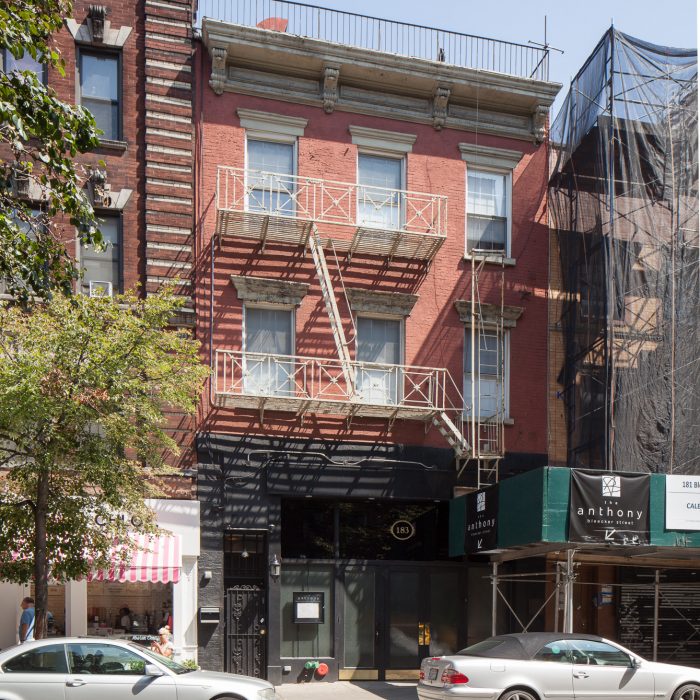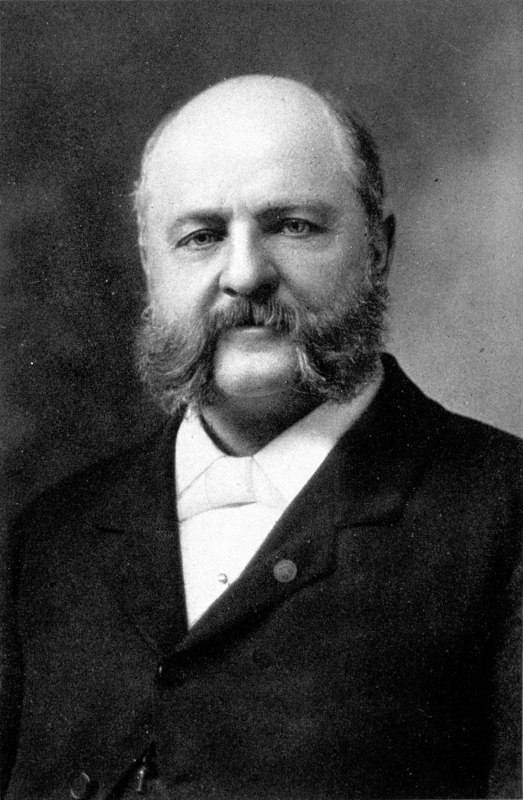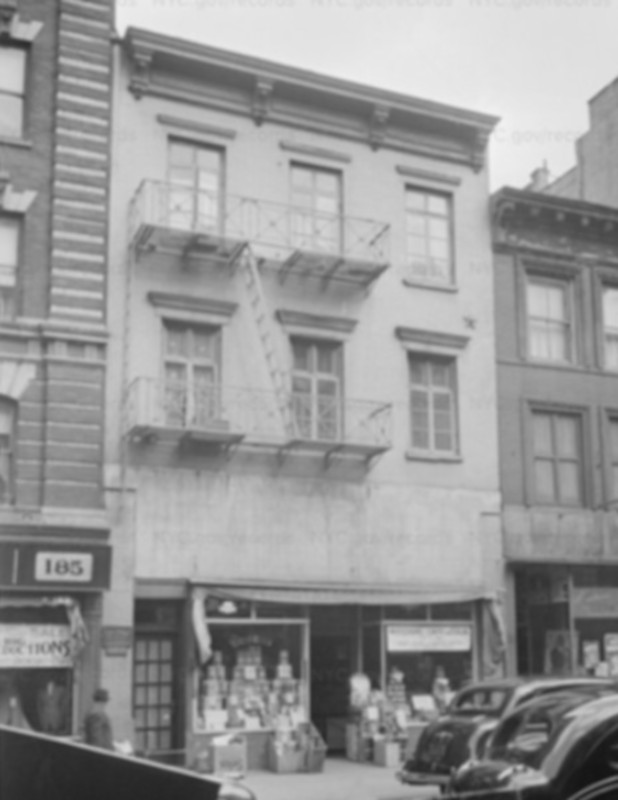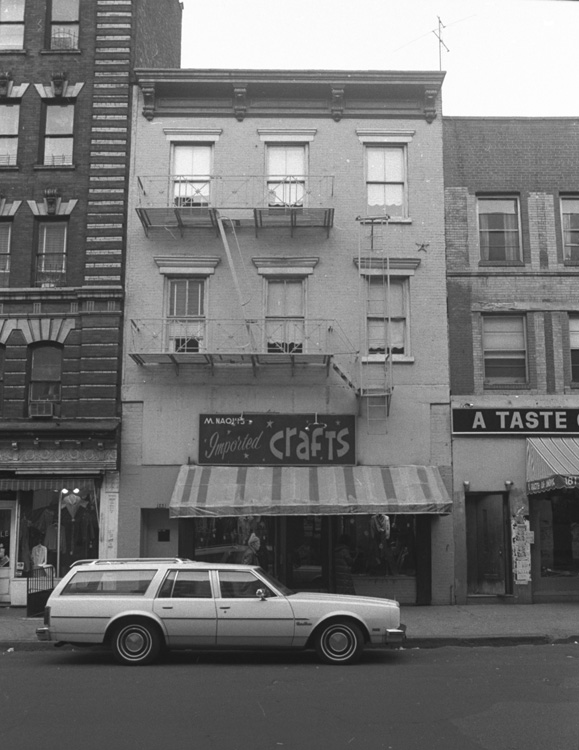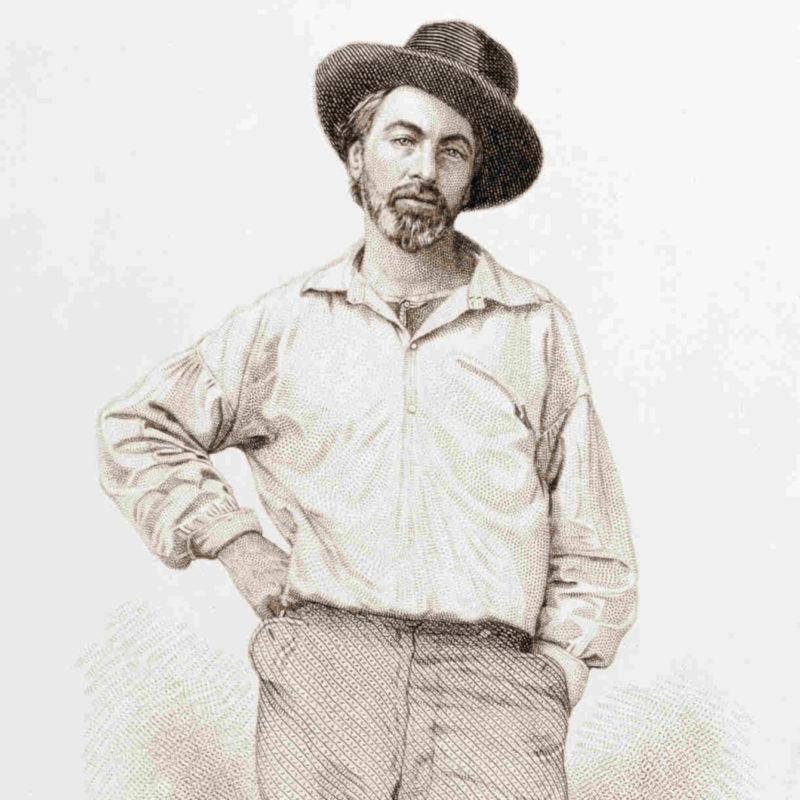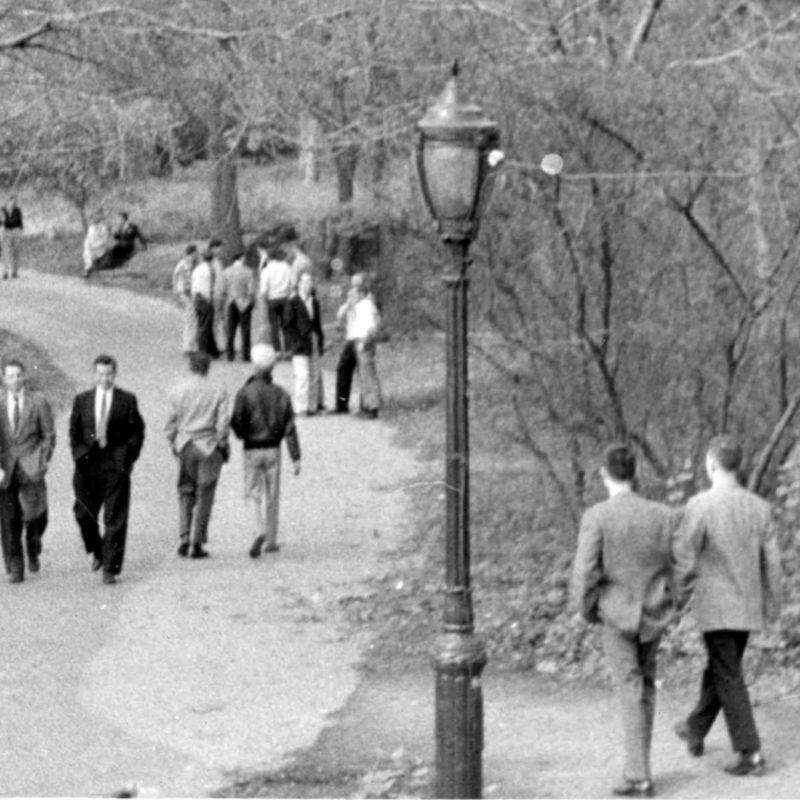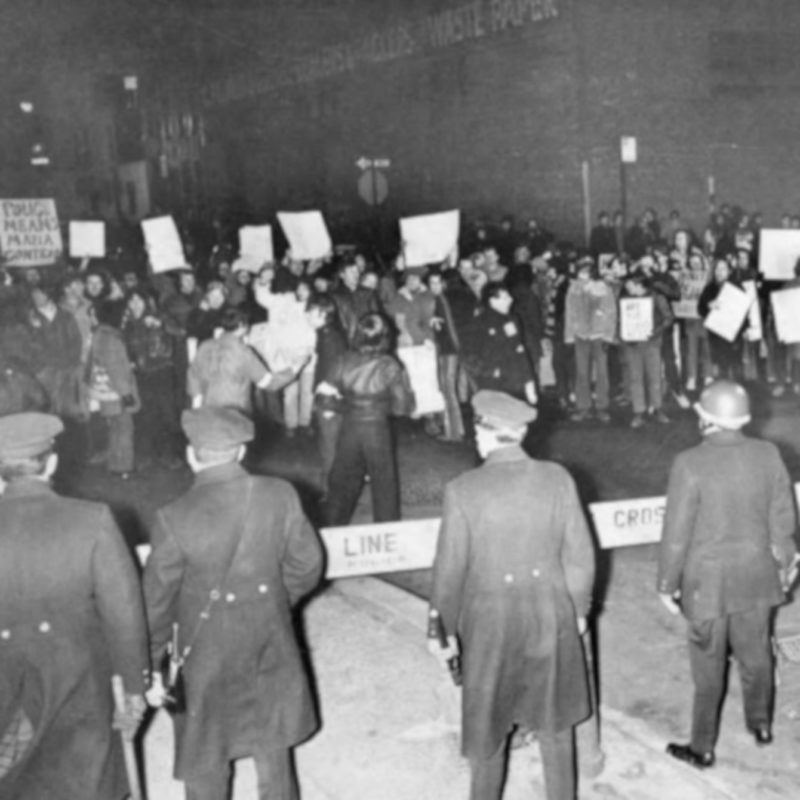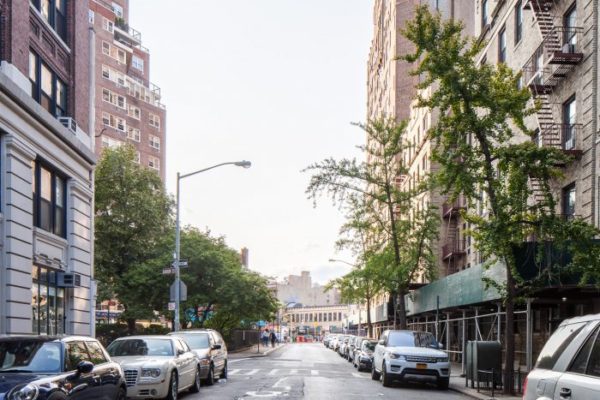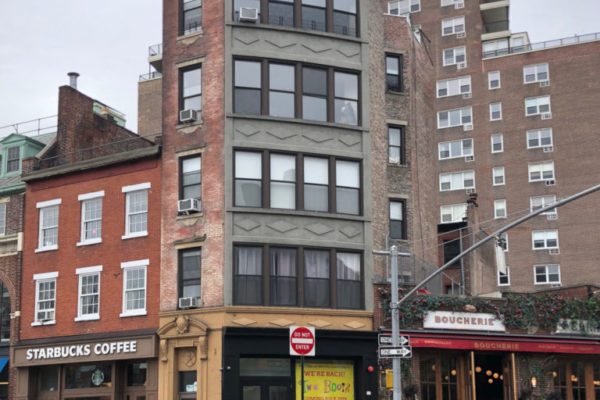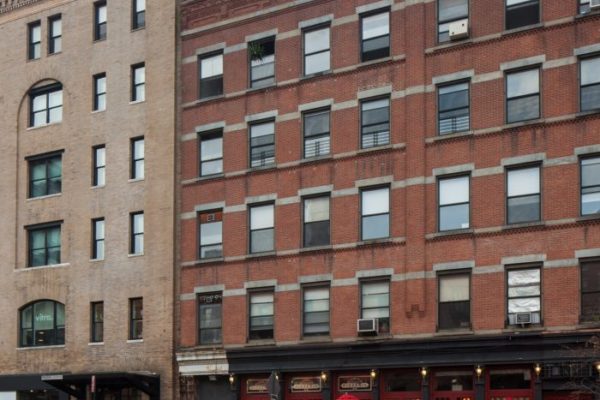overview
This building was the location of the Black Rabbit, a club where “fairies” – young men who solicited male patrons – caught the attention of vice squads.
It was one of two such “dives,” along with The Slide, that operated on Bleecker Street in the 1890s.
On the Map
VIEW The Full MapHistory
In the 1890s, the Black Rabbit was one of two Bleecker Street “dives” (the other being The Slide, located a block away) where “fairies” – described as “flamboyantly effeminate” – worked. Fairies were often entertainers who solicited well-paying customers in their booths. Historian George Chauncey, in his book Gay New York, identified this decade as one of the earliest periods when this aspect of the emerging gay male community became noticed by a wider public. (For further explanation of “fairies,” see The Slide.)
As with The Slide, the Black Rabbit was subject to frequent police raids. It was closed by the police, in 1899, but re-opened, and was then personally raided in 1900 by Anthony Comstock of the New York Society for the Suppression of Vice (NYSSV). An October 6th New York Times article noted that Comstock had “never before raided a place so wicked” and was quoted as saying that:
‘Sodom and Gomorrah’ would blush for shame at hearing to what depths of vice its habitués had descended.
Comstock was a self-appointed vigilante regulator of morality who got his start in 1872 under the auspices of the Young Men’s Christian Association (YMCA) of New York. He increased his influence after he became a postal inspector, and founded the NYSSV in 1874. Among Comstock’s obsessions were prostitution, erotica, abortion, contraception, and homosexuality. He wrote that “Inverts [homosexuals] are not fit to live with the rest of mankind. They ought to have branded in their foreheads the word ‘Unclean.’ … Instead of the law making twenty years’ imprisonment the penalty for their crime, it ought to be imprisonment for life.”
“Dives” such as The Slide and the Black Rabbit, however, offered a rare haven for the so-called fairies and for the men who regularly frequented such spots. They are among the few surviving 19th-century bars in New York City of the LGBT community.
An unrelated gay bar also known as the Black Rabbit later operated at 111 MacDougal Street in the 1920s.
Entry by Jay Shockley, project director (January 2019; last revised October 2021).
NOTE: Names above in bold indicate LGBT people.
Building Information
- Architect or Builder: Unknown
- Year Built: 1829, with mid-19th century alterations
Sources
Anthony Comstock, quoted in Earl Lind, Autobiography of an Androgyne (New York: Medico-Legal Journal, 1918), 24–25.
“Black Rabbit Club is Closed Forever,” New York Herald, March 15, 1899, 12.
George Chauncey, Gay New York: Gender, Urban Culture, and the Making of the Gay Male World, 1890-1940 (New York: Basic Books, 1994).
Jay Shockley, “The Lesbian, Gay, Bisexual, and Transgender (LGBT) Community’s Presence in the South Village,” South Village Historic District Designation Report (New York: Landmarks Preservation Commission, 2013).
“Raid on ‘The Black Rabbit,’” The New York Times, October 6, 1900, 2. [source of pull quote]
Do you have more information about this site?
This project is enriched by your participation! Do you have your own images of this site? Or a story to share? Would you like to suggest a different historic site?
